Home>Furniture & Design>Interior Design Trends>How Does Sea Glass Form
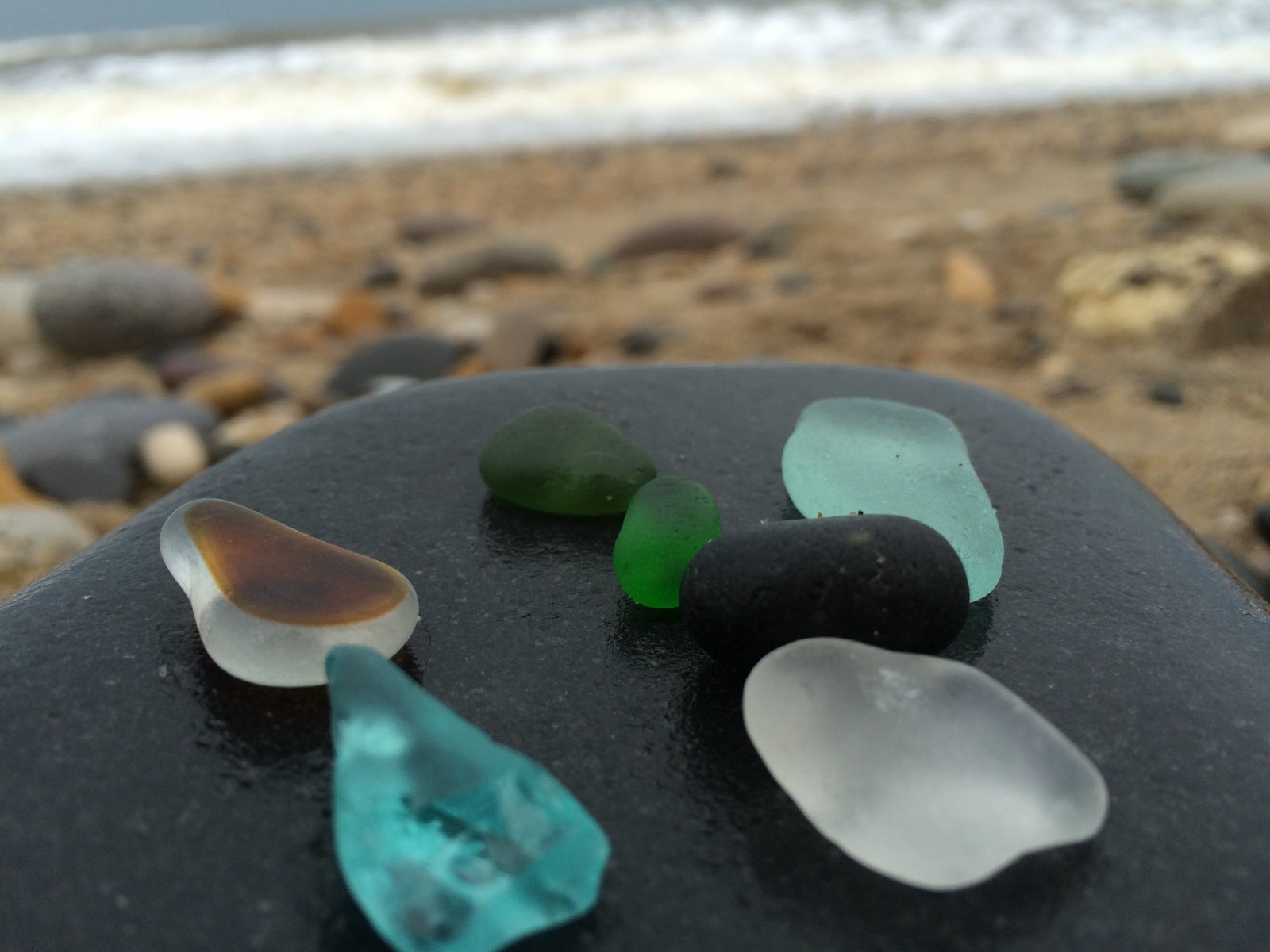

Interior Design Trends
How Does Sea Glass Form
Modified: August 27, 2024
Discover the latest interior design trends and learn how sea glass forms. Explore the beauty and process behind this unique design element.
(Many of the links in this article redirect to a specific reviewed product. Your purchase of these products through affiliate links helps to generate commission for Storables.com, at no extra cost. Learn more)
Introduction
Sea glass, also known as beach glass, is a captivating and enigmatic treasure that has fascinated beachcombers and collectors for generations. Its smooth, frosted appearance and vibrant hues evoke a sense of wonder and nostalgia, making it a sought-after gem along coastlines worldwide. The allure of sea glass lies not only in its aesthetic appeal but also in the intriguing story of its formation, which unfolds over decades through a remarkable natural process.
The journey of sea glass begins with discarded glass items, such as bottles, jars, and other glassware, which find their way into the ocean. Over time, the relentless ebb and flow of the tides, combined with the abrasive action of sand and rocks, transform these discarded fragments into exquisite jewels of the sea. Each piece of sea glass carries with it a unique history, having weathered the elements and undergone a metamorphosis that imbues it with a sense of mystery and charm.
As we delve into the world of sea glass, we embark on a voyage of discovery, exploring the intricate interplay of nature and human influence that gives rise to these shimmering treasures. From the coastal shores of remote islands to bustling urban beaches, sea glass beckons with its timeless allure, inviting us to unravel the secrets of its origin and appreciate the beauty that emerges from the synergy of man and nature.
In the following sections, we will delve deeper into the captivating realm of sea glass, unraveling the intricate process of its formation, the factors that influence its development, and the myriad ways in which it captivates the imagination of enthusiasts and artisans alike. Join us as we embark on a fascinating journey to uncover the magic of sea glass and gain a newfound appreciation for this wondrous gift from the sea.
Key Takeaways:
- Sea glass, formed from discarded glass in the ocean, is a captivating treasure with vibrant colors and a smooth, frosted appearance. Its creation involves a fascinating process of natural weathering and human influence, resulting in timeless coastal gems.
- Factors such as glass composition, exposure duration, environmental conditions, wave action, and human activity influence the formation of sea glass. Enthusiasts can find these shimmering treasures in coastal beaches, remote islands, historic coastal sites, secluded coves, and urban waterfronts, each offering a unique tapestry of discoveries.
Read more: What Does Sea Glass Look Like
What is Sea Glass?
Sea glass, also referred to as beach glass, is a mesmerizing and alluring form of weathered glass that has been transformed by the forces of nature. It is commonly found along coastal shorelines, where the relentless motion of the tides and the abrasive action of sand and rocks work in harmony to shape ordinary glass fragments into exquisite treasures.
The defining characteristic of sea glass is its smooth, frosted appearance, which is the result of years of exposure to the elements. Initially, sea glass begins as discarded glass items, such as bottles, jars, and other glassware, that find their way into the ocean due to human activity. Over time, the glass fragments undergo a remarkable metamorphosis, evolving from sharp, jagged edges into polished, gem-like treasures that glisten in the sunlight.
One of the most captivating aspects of sea glass is its vibrant array of colors, which range from soft pastels to deep, jewel-like tones. These hues are derived from the original glass sources, as different types of glass produce distinct colors when weathered by the sea. Common colors of sea glass include shades of green, brown, and clear, as well as rarer finds such as cobalt blue, aqua, and even red or orange.
Beyond its aesthetic appeal, sea glass holds a unique allure due to its connection to the natural world and the passage of time. Each piece of sea glass carries with it a story of transformation, having been shaped and refined by the ocean's currents and the elements. As a result, sea glass embodies a sense of mystery and enchantment, evoking a deep appreciation for the harmonious interplay of human activity and the forces of nature.
Whether discovered nestled among the sands of a secluded cove or scattered along a bustling beach, sea glass captivates the imagination and stirs a sense of wonder in those who encounter it. Its timeless beauty and rich history make sea glass a cherished find for beachcombers, collectors, and artisans alike, serving as a tangible link to the past and a source of inspiration for creative endeavors.
In the next section, we will delve into the fascinating process through which sea glass is formed, shedding light on the intricate journey that culminates in the creation of these captivating coastal treasures.
Formation Process of Sea Glass
The formation of sea glass is a captivating and intricate process that unfolds over decades, encompassing a remarkable interplay of natural elements and human influence. It begins with discarded glass items, such as bottles, jars, and glassware, finding their way into the ocean through various means, including coastal dumping, shipwrecks, and maritime activities. Once in the water, these glass fragments undergo a transformative journey shaped by the relentless forces of the sea.
The first stage of the formation process involves the physical and chemical weathering of the glass. As the glass pieces are tumbled and buffeted by the ocean's waves, they undergo a process of abrasion and erosion, gradually wearing down their sharp edges and rough surfaces. This continuous action, often spanning decades, results in the development of the smooth, frosted appearance that is characteristic of sea glass.
The next crucial factor in the formation of sea glass is the interaction between the glass and its surrounding environment. The chemical composition of the glass, combined with exposure to seawater, sunlight, and minerals present in the coastal environment, contributes to the gradual alteration of its physical properties. Over time, the glass undergoes leaching and ion exchange processes, leading to subtle changes in its color and transparency.
The culmination of this process is the emergence of sea glass in its distinctive form, characterized by its polished appearance and vibrant array of colors. Each piece of sea glass bears the imprint of its unique journey, reflecting the combined effects of natural weathering and the specific conditions of its marine environment. The resulting treasures, ranging from delicate pastels to rich jewel tones, stand as a testament to the enduring power of nature to transform and beautify the remnants of human activity.
As a testament to the enduring power of nature to transform and beautify the remnants of human activity, sea glass serves as a poignant reminder of the interconnectedness of the natural world and human civilization. Its formation process embodies the harmonious convergence of environmental forces and human ingenuity, resulting in the creation of timeless coastal treasures that continue to captivate and inspire admirers around the globe.
In the subsequent sections, we will explore the factors that influence the formation of sea glass and the diverse locations where these enchanting gems can be found, shedding light on the enduring allure of these ocean-born treasures.
Factors Affecting Sea Glass Formation
The formation of sea glass is a complex and dynamic process influenced by a myriad of factors that shape its unique characteristics and appearance. Understanding these factors provides insight into the intricate interplay of natural elements and human activity that culminate in the creation of these captivating coastal treasures.
-
Glass Composition: The chemical composition of the original glass significantly impacts the formation of sea glass. Different types of glass, such as soda-lime glass, borosilicate glass, and antique glass, undergo distinct transformations when exposed to the marine environment. This variation in composition contributes to the diverse range of colors and textures found in sea glass, with some types exhibiting greater resistance to weathering than others.
-
Exposure Duration: The length of time that glass fragments spend in the ocean directly influences the extent of their weathering and transformation into sea glass. Prolonged exposure to the abrasive action of waves and the chemical processes of leaching and ion exchange results in a more pronounced and refined appearance, with sharp edges gradually giving way to smooth, frosted surfaces.
-
Environmental Conditions: The specific marine environment in which glass fragments are immersed plays a crucial role in sea glass formation. Factors such as water temperature, salinity, and mineral content contribute to the chemical reactions and physical alterations that occur within the glass. Coastal regions with distinct environmental characteristics may yield sea glass with unique colors and textures, reflecting the nuances of their marine surroundings.
-
Wave Action and Tidal Forces: The relentless motion of ocean waves and tidal forces exerts a transformative influence on glass fragments, shaping them through constant agitation and movement. The rhythmic ebb and flow of the tides, combined with the abrasive action of sand and rocks, contribute to the gradual erosion and smoothing of glass surfaces, ultimately yielding the polished appearance characteristic of sea glass.
-
Human Activity: The historical presence of human settlements, maritime trade, and coastal industries has contributed to the abundance of glass fragments in marine environments. The remnants of glassware, bottles, and industrial glass discarded into the ocean have become integral to the formation of sea glass, serving as the raw material for its evolution into cherished coastal gems.
By considering these factors, we gain a deeper appreciation for the intricate and multifaceted process through which sea glass is formed. The convergence of natural forces and human influence gives rise to these enduring treasures, each bearing the imprint of its unique journey through the timeless embrace of the sea.
Where to Find Sea Glass
Sea glass holds a magnetic allure for beachcombers and enthusiasts, drawing them to coastal shores in search of these captivating treasures. While the discovery of sea glass is often a matter of serendipity, certain locations are renowned for offering abundant opportunities to find these shimmering gems. From secluded coves to expansive beaches, the quest for sea glass takes enthusiasts on a journey of exploration and discovery, unveiling the beauty that emerges from the harmonious interplay of nature and human activity.
Read more: How To Display Sea Glass
Coastal Beaches
Coastal beaches, with their ever-shifting sands and the rhythmic ebb and flow of the tides, are prime hunting grounds for sea glass. These beaches, especially those with a history of maritime activity or proximity to urban centers, often yield a rich assortment of sea glass treasures. The interplay of wave action and tidal forces continuously unearths new finds, making coastal beaches a favored destination for those seeking to add to their sea glass collections.
Remote Islands
Remote islands and atolls, far removed from bustling urban centers, offer a serene and unspoiled environment for discovering sea glass. The isolation of these coastal enclaves, coupled with their pristine natural beauty, creates an idyllic setting for stumbling upon rare and exquisite sea glass specimens. The allure of embarking on a sea glass expedition to these remote locales lies in the prospect of uncovering hidden gems amidst the untouched splendor of the island's shores.
Historic Coastal Sites
Coastal areas with a rich history of maritime trade, ancient settlements, or industrial activity often harbor a trove of sea glass waiting to be discovered. The remnants of bygone eras, including discarded glassware, shipwrecks, and remnants of coastal industries, contribute to the abundance of sea glass found in these historically significant locations. Exploring these sites offers a glimpse into the intertwined narratives of human civilization and the enduring legacy of sea glass borne from the remnants of the past.
Secluded Coves and Inlets
Secluded coves and inlets, sheltered from the tumultuous forces of the open sea, provide a tranquil setting for uncovering sea glass treasures. The gentle lapping of the waves and the gradual accumulation of glass fragments in these secluded enclaves create an environment conducive to the preservation and discovery of sea glass. These hidden coastal gems offer a sense of seclusion and tranquility, inviting enthusiasts to immerse themselves in the serene pursuit of uncovering nature's exquisite creations.
Read more: What Is Sea Glass
Urban Waterfronts
Urban waterfronts, with their proximity to bustling city centers and historical districts, present a unique opportunity to find sea glass amidst the remnants of human activity. The convergence of urban development and coastal landscapes gives rise to a diverse array of sea glass, reflecting the interplay of modern civilization and the enduring legacy of glass artifacts. Exploring these urban waterfronts unveils a tapestry of sea glass finds, each bearing witness to the dynamic interplay of human ingenuity and the transformative forces of the sea.
In the quest to find sea glass, enthusiasts are drawn to a diverse array of coastal environments, each offering a unique tapestry of discoveries and a profound connection to the timeless allure of these ocean-born treasures. Whether combing the sands of a remote island or exploring the historic remnants of a coastal settlement, the search for sea glass unfolds as a captivating journey of exploration, unveiling the enduring beauty that emerges from the convergence of nature and human activity.
Uses of Sea Glass
The allure of sea glass extends beyond its intrinsic beauty, inspiring a myriad of creative and practical applications that celebrate its unique characteristics. From artisanal crafts to architectural embellishments, sea glass finds versatile and enchanting uses that resonate with admirers and enthusiasts worldwide.
Artistic Creations
Sea glass serves as a muse for artisans and crafters, who harness its ethereal charm to create exquisite jewelry, decorative ornaments, and captivating mosaics. The smooth, frosted surfaces and vibrant colors of sea glass lend themselves to a myriad of artistic expressions, allowing creators to fashion one-of-a-kind pieces that evoke the serene beauty of coastal landscapes. Whether adorning necklaces, earrings, or intricately designed sculptures, sea glass infuses artistic creations with a touch of maritime enchantment.
Home Decor and Design
In interior design and decor, sea glass emerges as a coveted element, infusing spaces with a sense of coastal elegance and natural allure. From accentuating tabletop displays and wall art to embellishing mirrors and light fixtures, sea glass imparts a tranquil and timeless aesthetic to interior settings. Its subtle iridescence and soothing hues harmonize with various design styles, offering a versatile means of incorporating the essence of the sea into residential and commercial spaces.
Read more: How To Clean Sea Glass
Environmental Conservation
Beyond its aesthetic appeal, sea glass embodies a sustainable and eco-friendly resource, aligning with principles of environmental conservation and upcycling. By repurposing discarded glass fragments into art, jewelry, and functional items, enthusiasts and artisans contribute to the reduction of marine debris and the preservation of coastal ecosystems. This eco-conscious approach to utilizing sea glass underscores its value as a symbol of responsible stewardship and creative sustainability.
Historical Preservation
Sea glass holds historical significance as a tangible link to bygone eras and maritime traditions, making it a cherished component of historical preservation efforts. In museum exhibits, educational programs, and cultural initiatives, sea glass serves as a tangible testament to the enduring legacy of coastal communities and the maritime heritage that has shaped human civilization. Its presence in historical contexts fosters a deeper appreciation for the interconnected narratives of human activity and the natural world.
Coastal Landscaping and Architecture
In architectural and landscaping applications, sea glass finds a unique niche as a distinctive embellishment that evokes the timeless allure of coastal environments. From adorning walkways and garden features to enhancing architectural facades and public spaces, sea glass infuses coastal landscapes with a sense of whimsy and tranquility. Its integration into architectural elements and outdoor designs reflects a reverence for the enduring beauty of the sea and the transformative power of natural processes.
Culinary and Mixology Accents
The captivating hues and polished surfaces of sea glass inspire culinary and mixology enthusiasts to incorporate these coastal treasures into their creative pursuits. From adorning table settings and culinary presentations to embellishing artisanal cocktails and beverages, sea glass adds a touch of maritime elegance to dining experiences. Its subtle translucence and varied colors elevate culinary aesthetics, offering a distinctive and evocative accent that resonates with the coastal lifestyle.
In essence, the uses of sea glass encompass a diverse spectrum of creative, practical, and symbolic applications that celebrate its timeless allure and enduring legacy. From artistic endeavors to environmental advocacy, sea glass continues to captivate and inspire, weaving a narrative of coastal enchantment and human ingenuity that transcends generations.
Frequently Asked Questions about How Does Sea Glass Form
Was this page helpful?
At Storables.com, we guarantee accurate and reliable information. Our content, validated by Expert Board Contributors, is crafted following stringent Editorial Policies. We're committed to providing you with well-researched, expert-backed insights for all your informational needs.
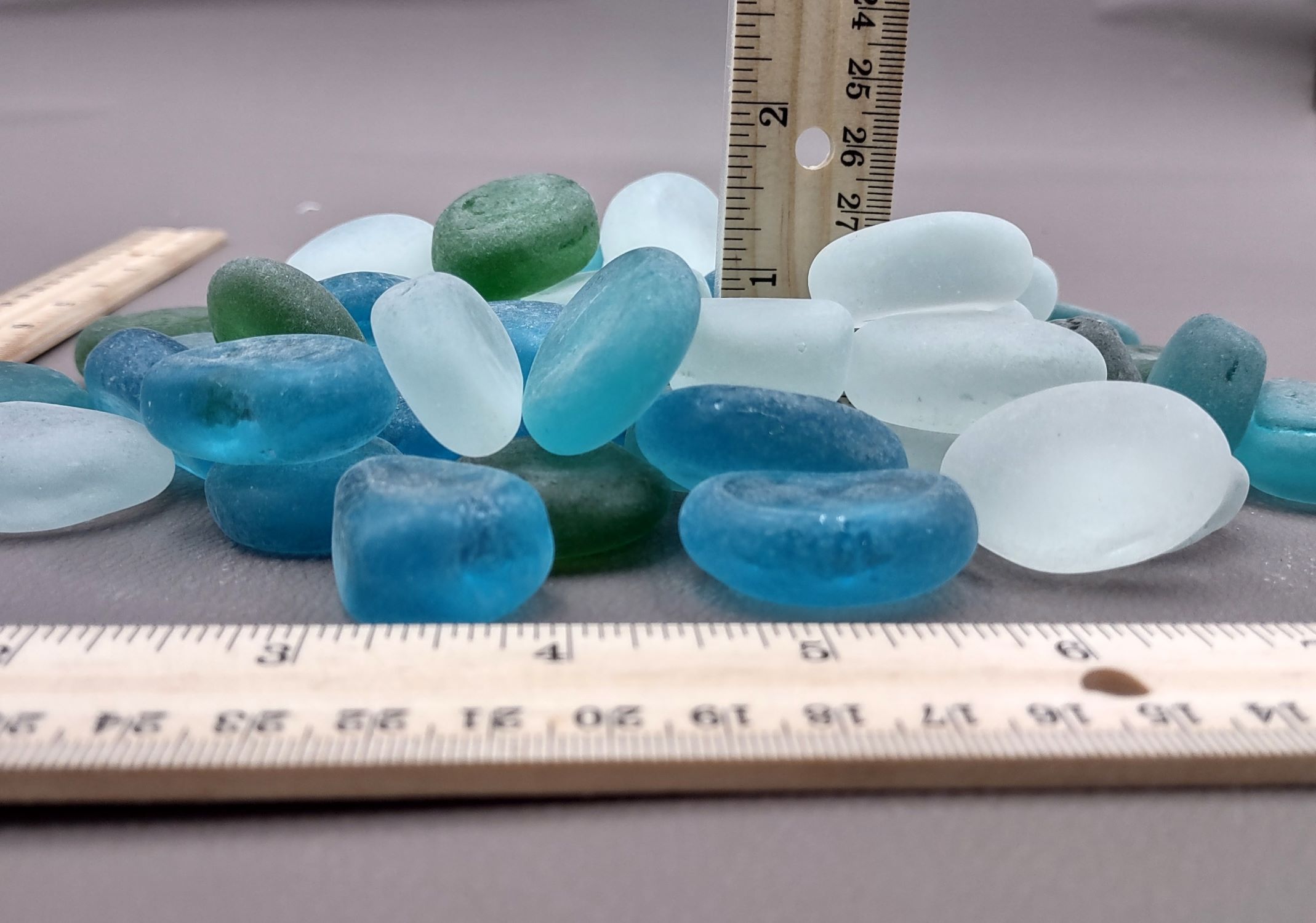
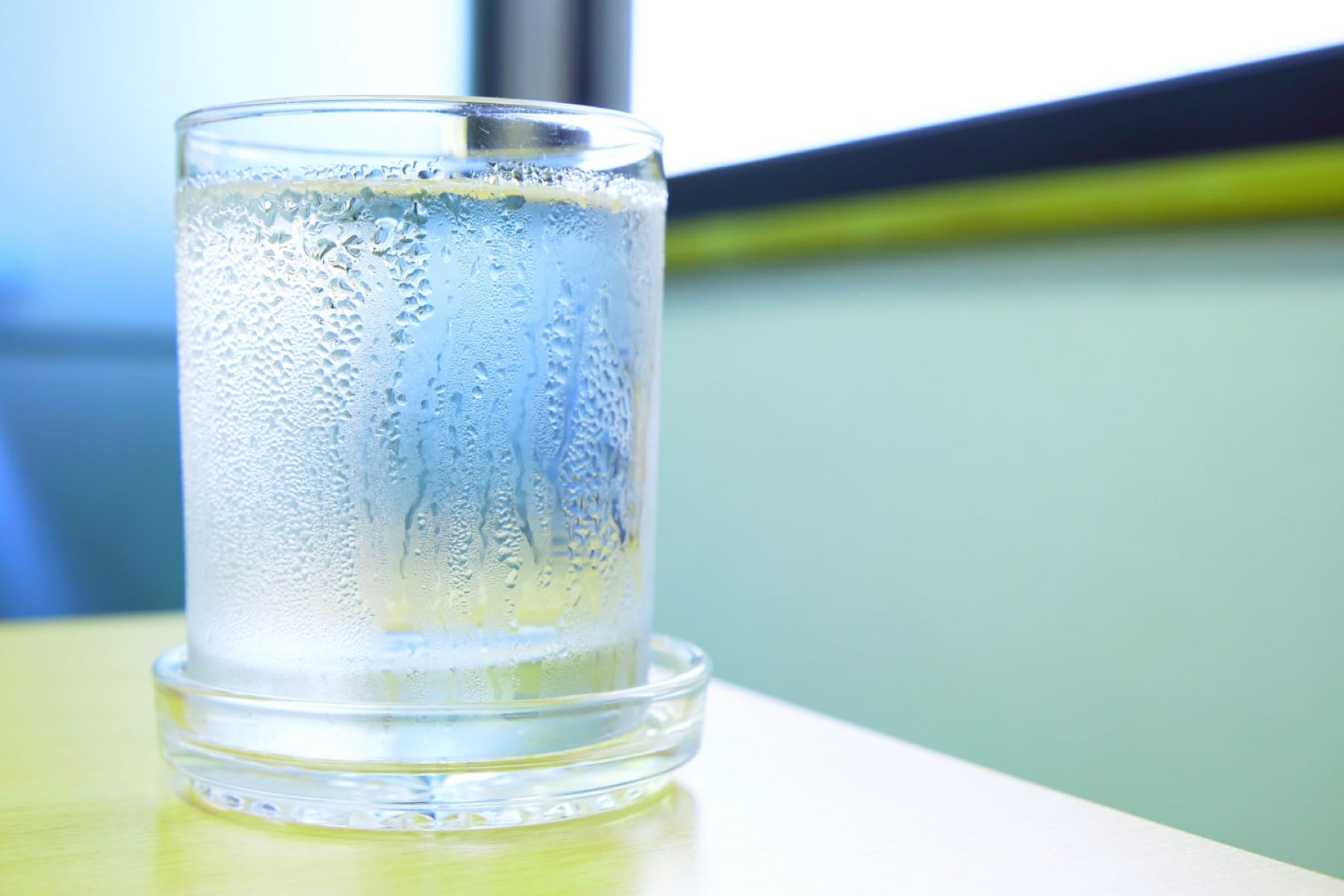
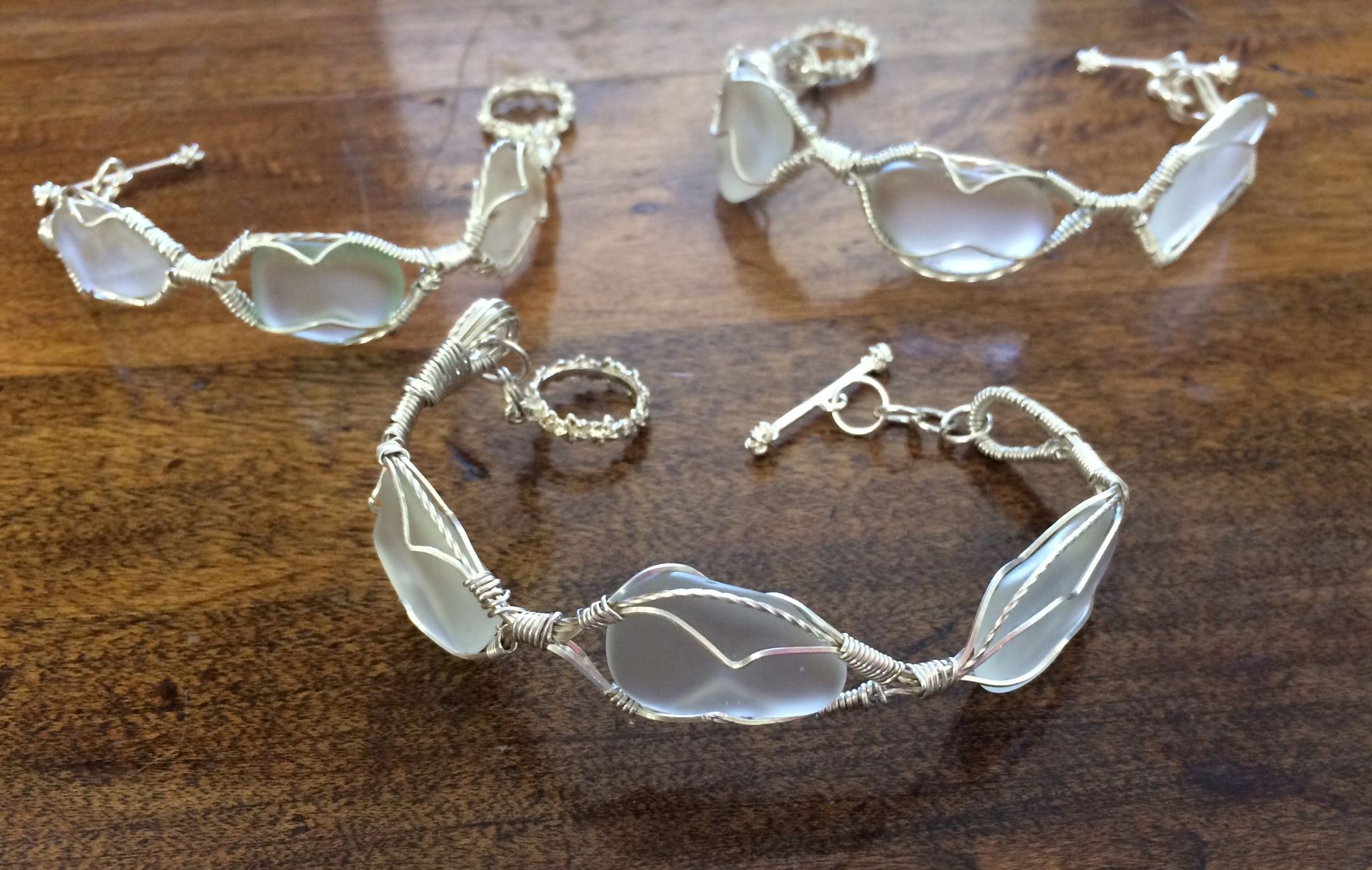
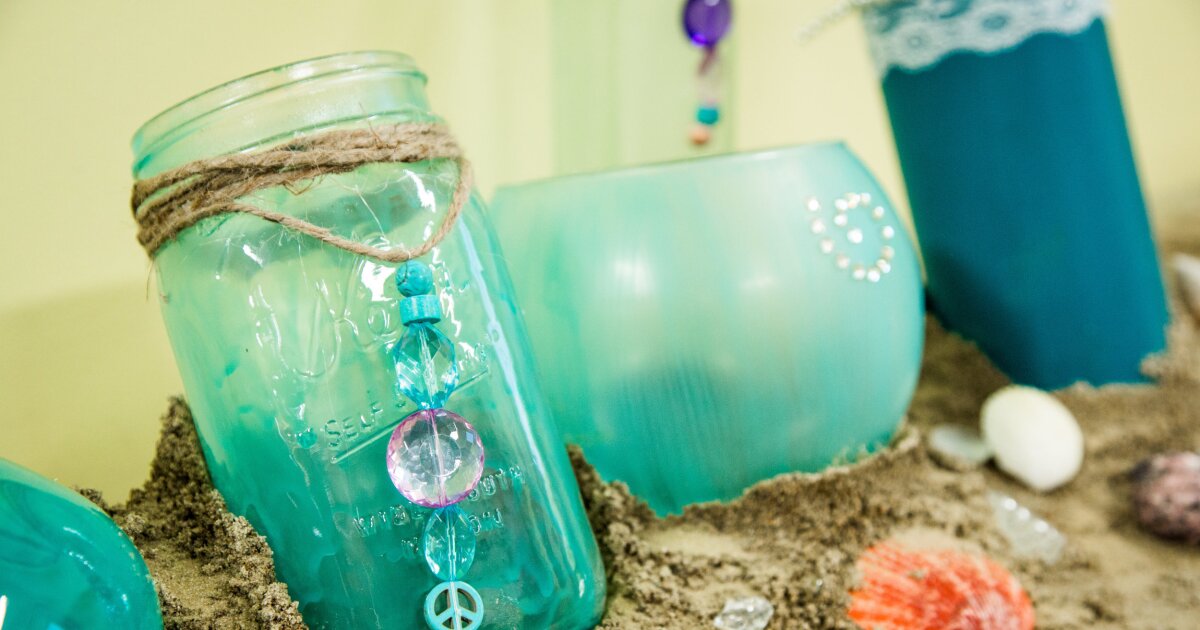
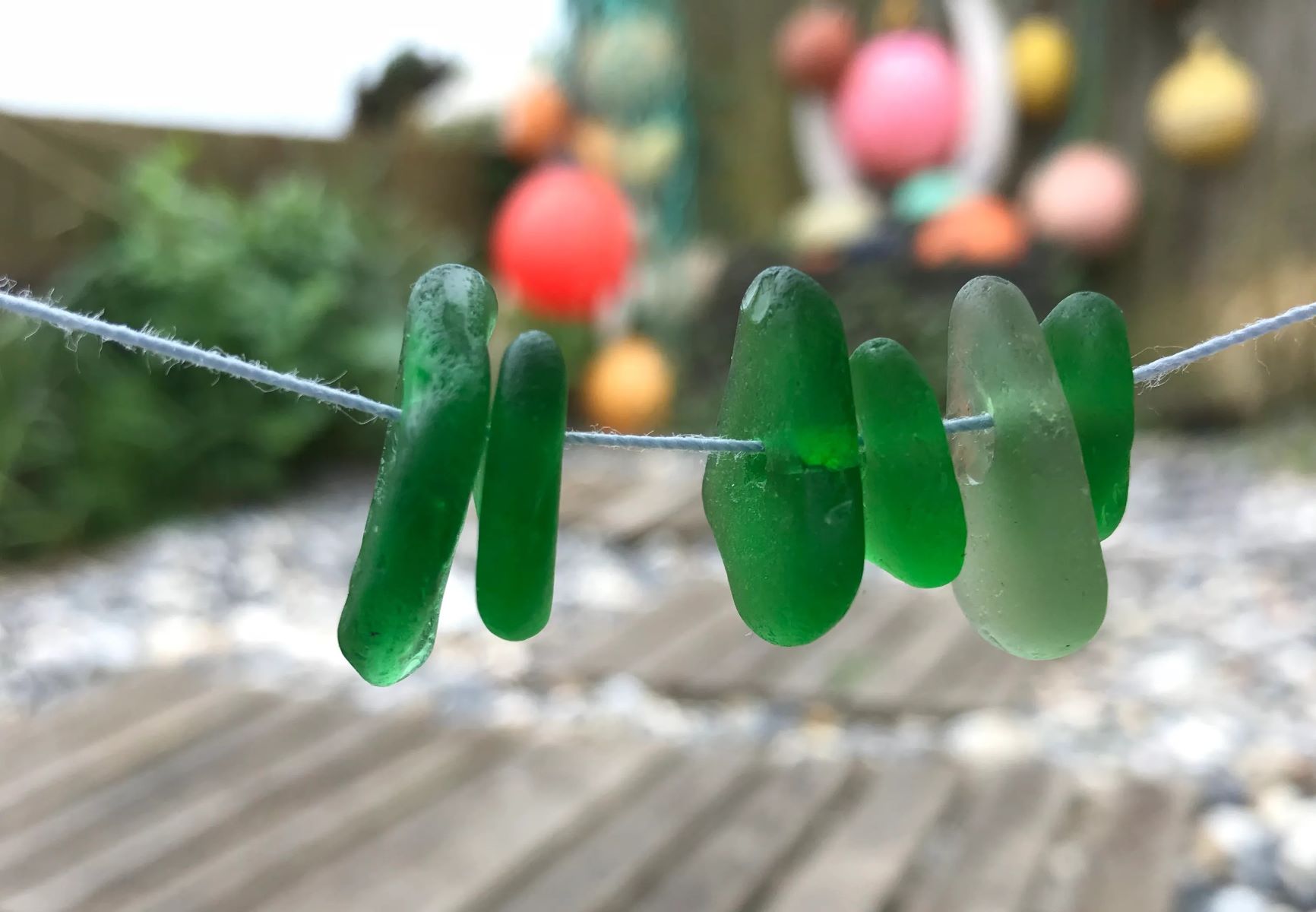
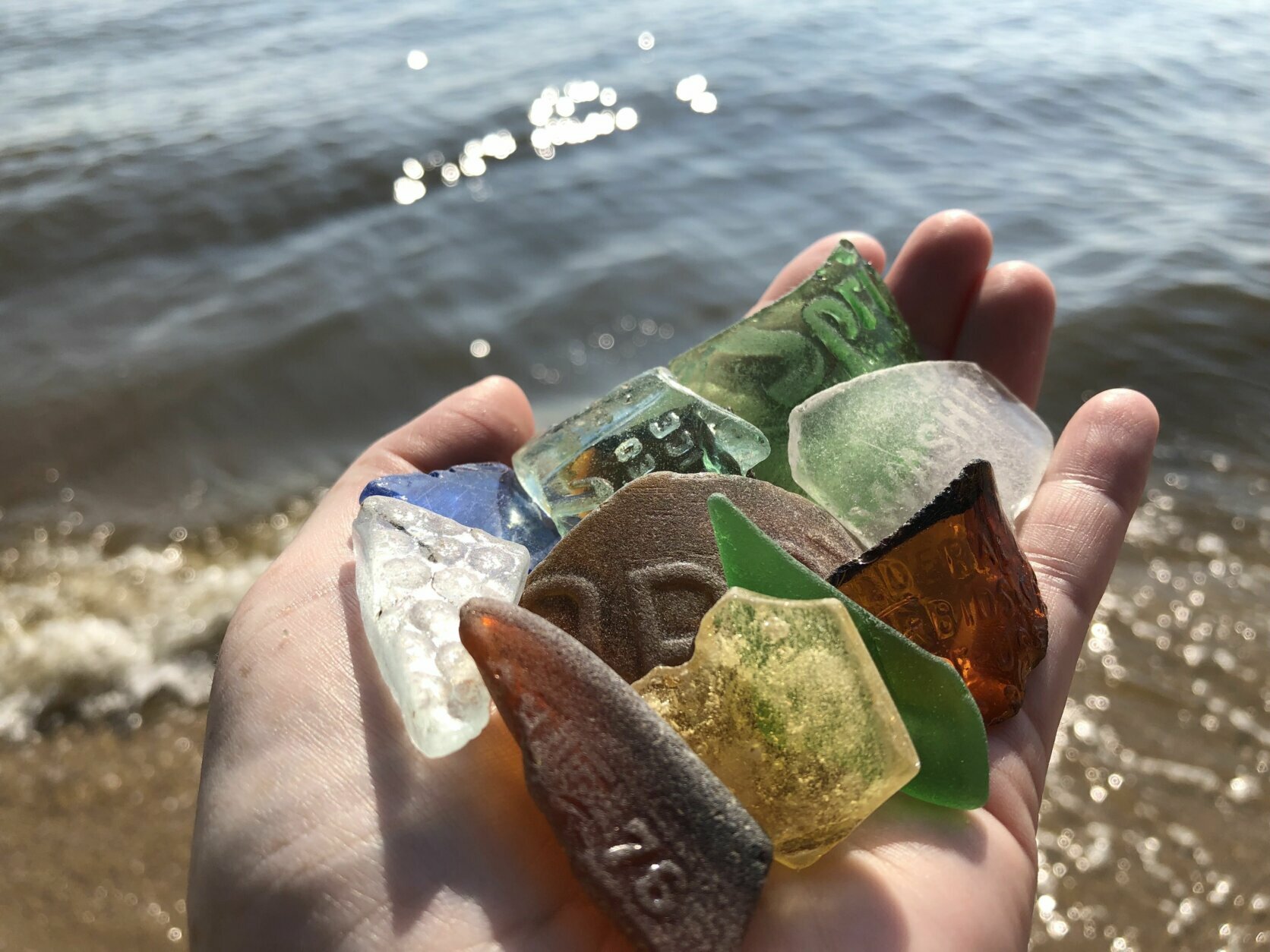
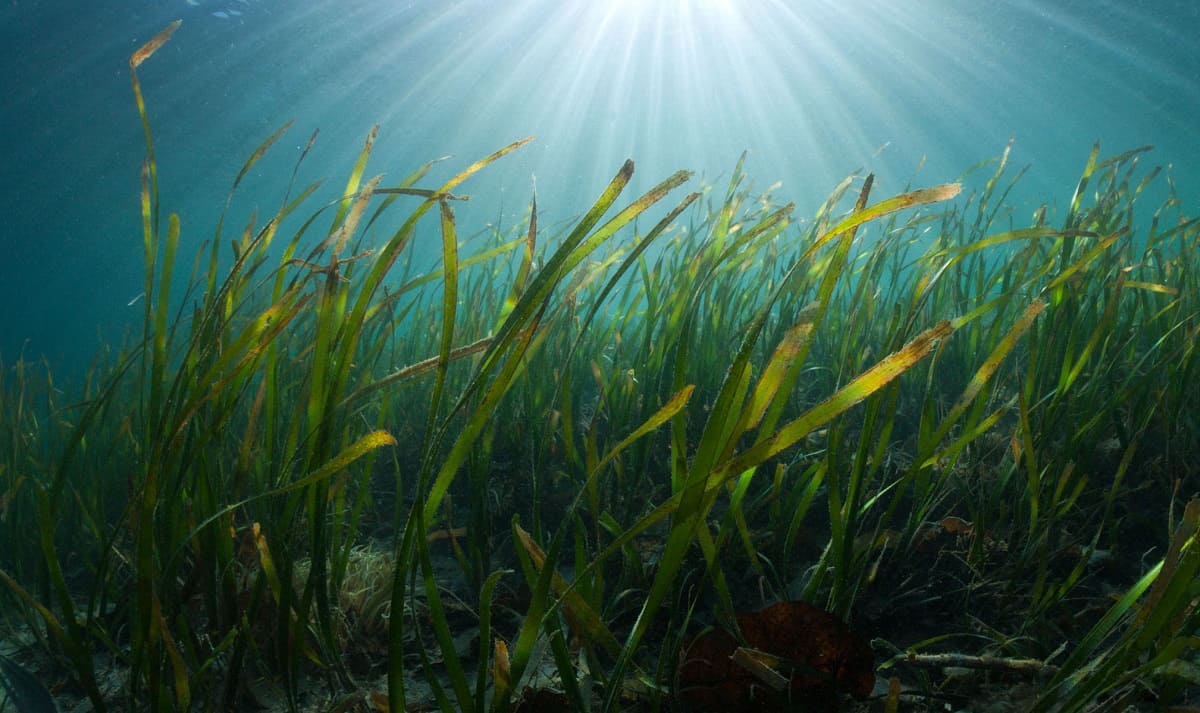
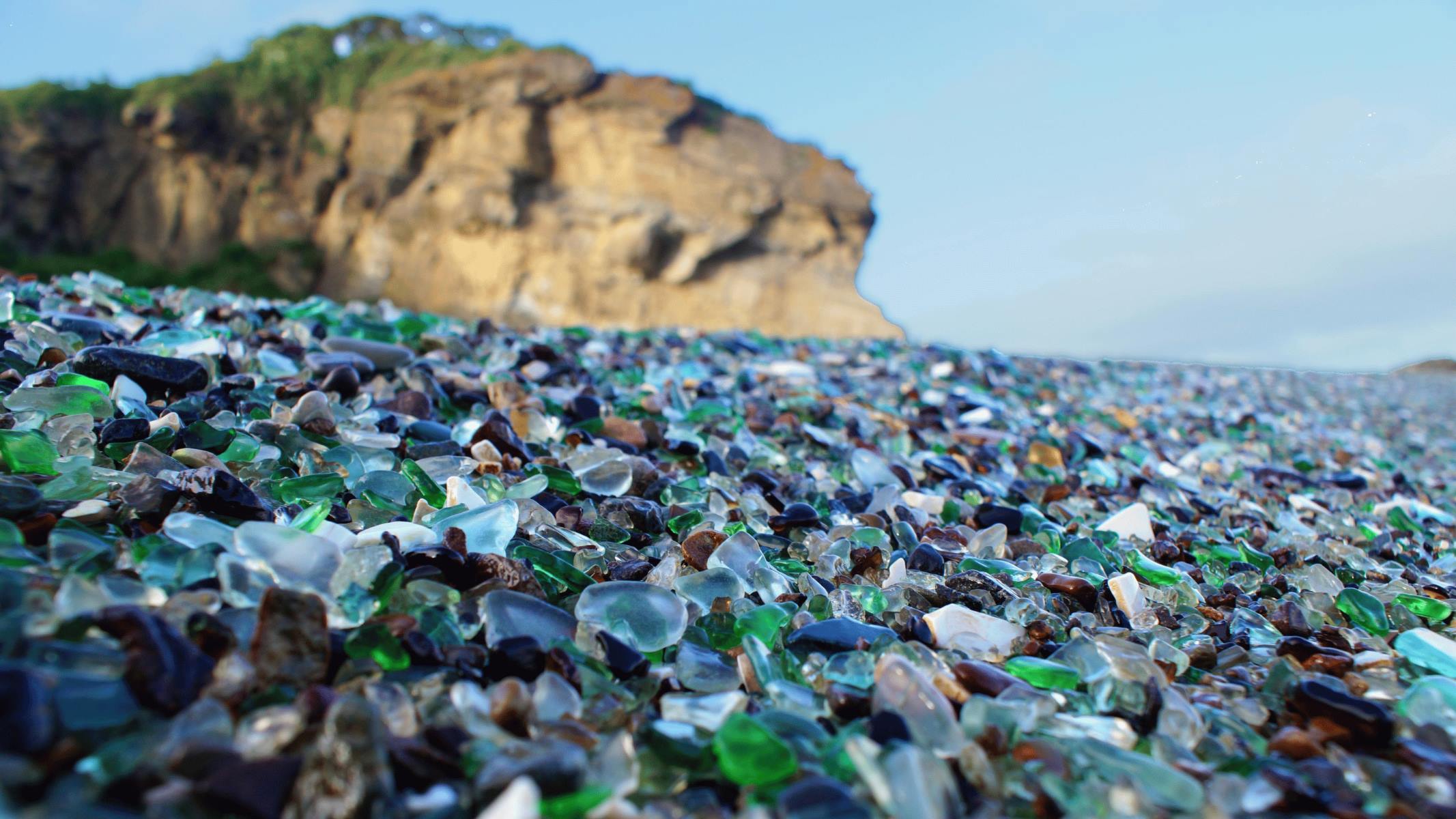
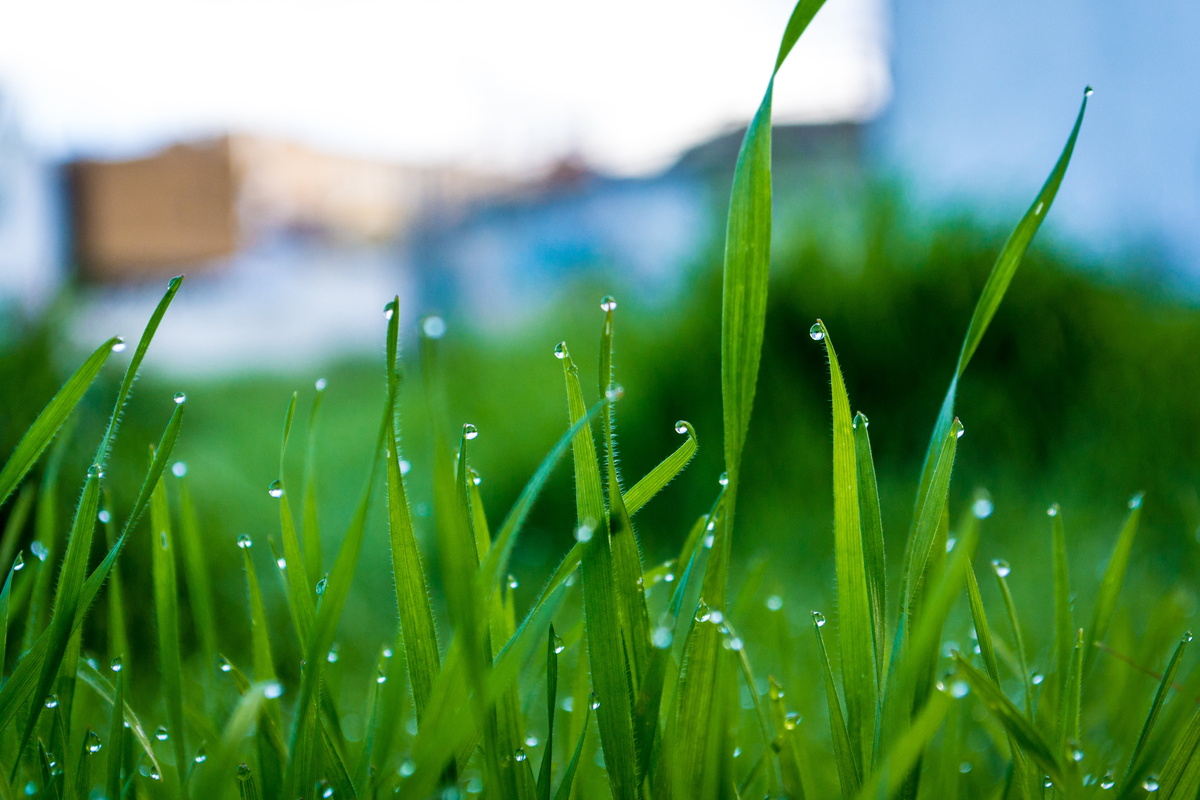
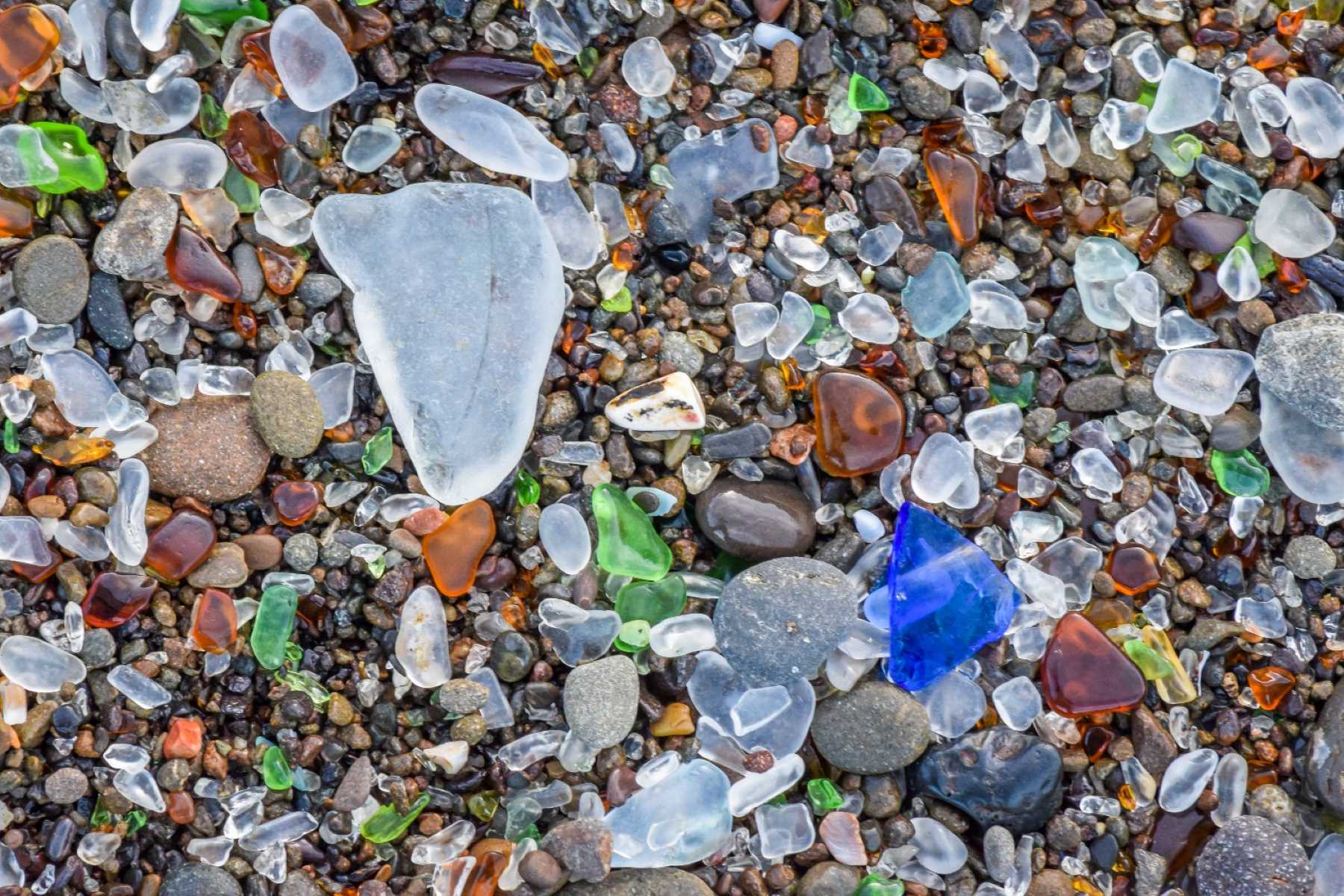



0 thoughts on “How Does Sea Glass Form”